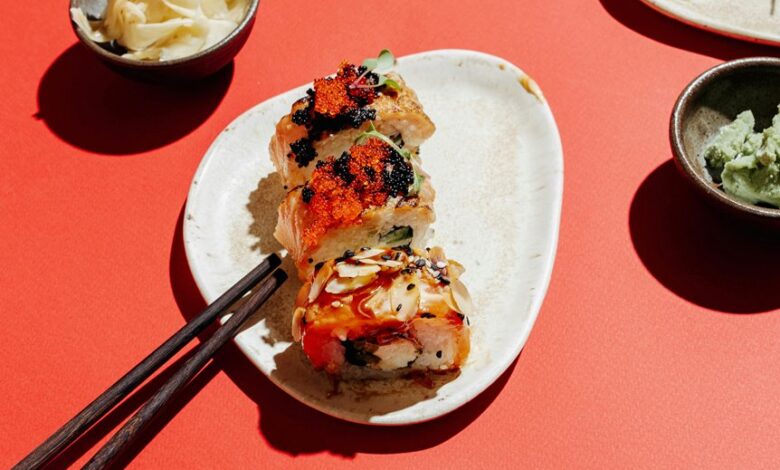Giniling and Picadillo: Filipino and Latin American Fusion

Giniling and picadillo represent a captivating intersection of Filipino and Latin American culinary traditions. Each dish embodies distinct flavors and ingredients, yet they share a common heritage shaped by historical interactions. As ground meats blend with an array of vegetables and spices, these dishes offer a window into cultural adaptability. Exploring their origins, key ingredients, and cooking techniques reveals the richness of this fusion. What makes these dishes resonate so deeply across different palates?
The Origins of Giniling
Giniling, a beloved dish in Filipino cuisine, embodies a rich tapestry of cultural influences that reflect the Philippines’ historical interactions with other nations.
Rooted in Filipino history, its ingredients reveal culinary influences from Spanish, Chinese, and American kitchens. This harmonious blend creates a flavorful experience, showcasing the adaptability and creativity of Filipino cooks, who transform simple ingredients into a comforting, satisfying meal.
The Roots of Picadillo
Picadillo, a vibrant and hearty dish, traces its roots to the rich culinary traditions of Latin America, particularly in countries like Cuba, Mexico, and the Dominican Republic.
With a distinct Spanish influence and deep Caribbean roots, picadillo emerged through cultural exchanges, blending various ingredients and techniques.
This fusion reflects the dynamic culinary traditions that celebrate the diversity of flavors and histories across the region.
Key Ingredients and Flavor Profiles
In exploring the fusion of Filipino and Latin American cuisines, key ingredients play a pivotal role in shaping distinctive flavor profiles.
Staples such as adobo, plantains, and lime harmoniously blend to create an enticing array of taste combinations that reflect the rich culinary heritage of both cultures.
Regional variations further enrich this fusion, showcasing unique interpretations that celebrate local ingredients and traditions.
Essential Ingredients Overview
Fusion cuisine thrives on the harmonious blend of diverse ingredients, and Filipino and Latin American flavors create a vibrant tapestry of tastes.
Essential spices such as cumin, paprika, and bay leaves provide depth, while flavor enhancements like soy sauce and vinegar add a unique twist.
These components not only unite cultures but also elevate dishes, inviting everyone to experience a culinary journey of freedom and creativity.
Flavor Combinations Explored
The culinary landscape of Filipino and Latin American fusion is marked by a delightful interplay of bold flavors and aromatic spices.
Key ingredients like cumin and paprika create a harmonious spice balance, while sweet plantains and savory ground meats provide a satisfying texture contrast.
This fusion celebrates the richness of both cultures, inviting adventurous palates to explore unique combinations that tantalize the senses.
Regional Variations Highlighted
While exploring the depths of Filipino and Latin American culinary traditions, one discovers a rich tapestry of regional variations that showcase key ingredients and distinct flavor profiles.
Regional adaptations often highlight local spices, such as achiote in Latin America or lemongrass in the Philippines, while cultural influences meld together, creating vibrant dishes that celebrate the unique heritage and tastes of each region.
Cooking Techniques: A Comparative Look
Though each cuisine boasts its unique traditions and flavors, the cooking techniques employed in Filipino and Latin American kitchens reveal fascinating parallels and contrasts.
Sauté techniques in both cultures emphasize vibrant aromatics and fresh ingredients, while simmer methods showcase the slow development of rich, layered flavors.
These approaches provide insight into the heart of each culinary identity, celebrating both heritage and creativity.
The Fusion of Flavors: Giniling Meets Picadillo
As culinary worlds collide, the fusion of giniling and picadillo creates a vibrant tapestry of flavors that pays homage to both Filipino and Latin American traditions. This delightful mix showcases flavor harmony, inviting food lovers to explore a cultural exchange that tantalizes the palate.
| Giniling Elements | Picadillo Elements |
|---|---|
| Ground pork | Ground beef |
| Potatoes | Raisins |
| Carrots | Olives |
Serving Suggestions and Pairing Ideas
Serving giniling picadillo presents an opportunity to elevate any dining experience, seamlessly blending the comfort of Filipino and Latin American cuisines.
Ideal serving styles might include vibrant presentations or casual family-style platters.
To enhance the dish, consider pairing it with:
- Steamed jasmine rice
- Fried plantains
- Fresh avocado slices
- Tangy pickled vegetables
- A zesty green salad
These complementary sides create a harmonious feast for all.
Conclusion
In the culinary tapestry woven from the threads of Filipino and Latin American traditions, giniling and picadillo stand as vibrant patches, each exuding its own unique aroma and flavor. These dishes not only tantalize the taste buds but also tell a story of cultural exchange and adaptation. As they dance together on the plate, they invite diners to savor a delicious history, reminding us that food has the power to bridge continents and unite palates across generations.




